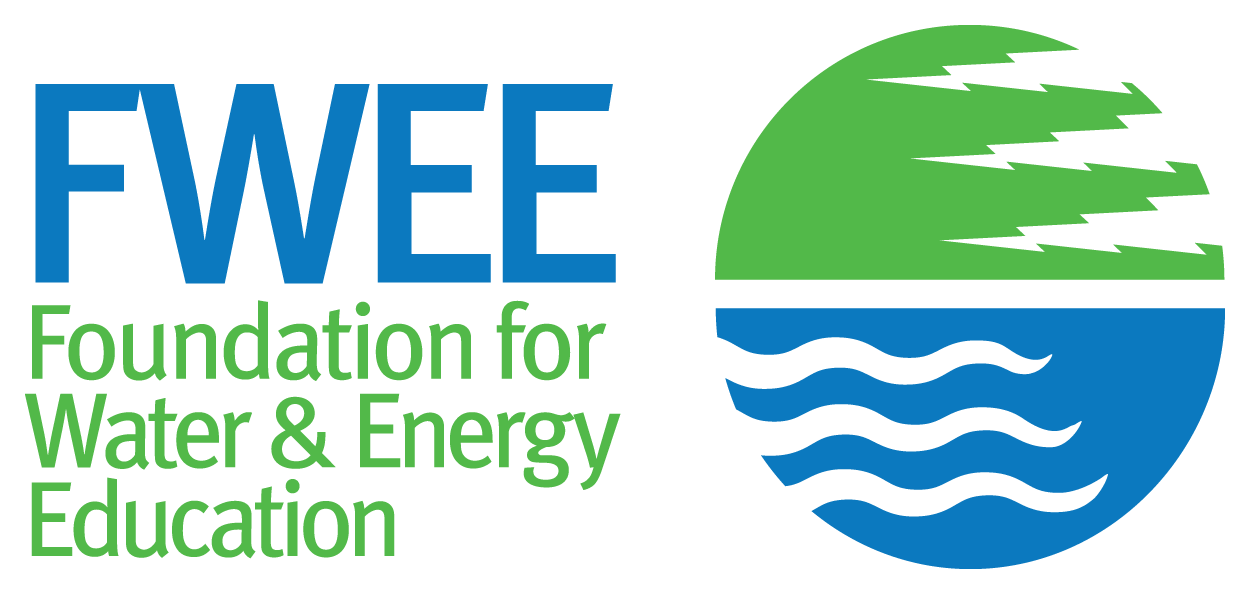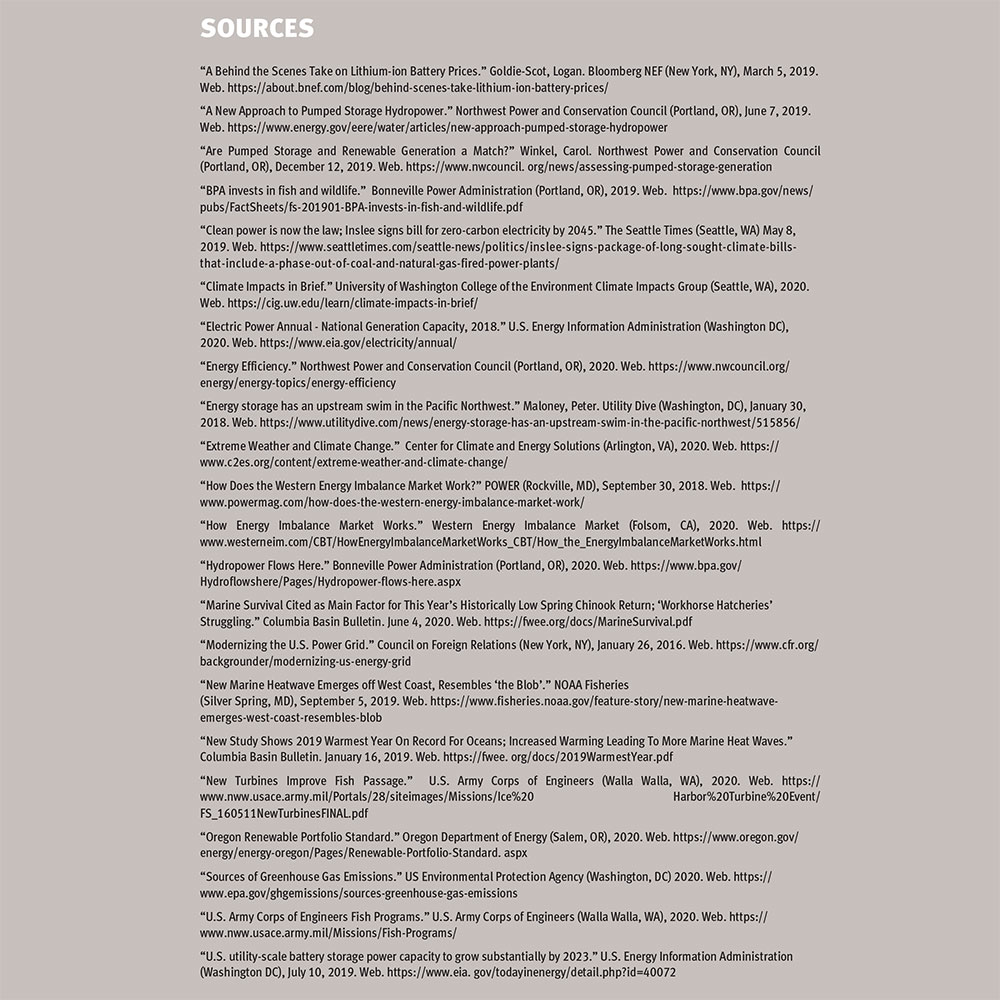Following Nature’s Current: Hydropower in the Northwest
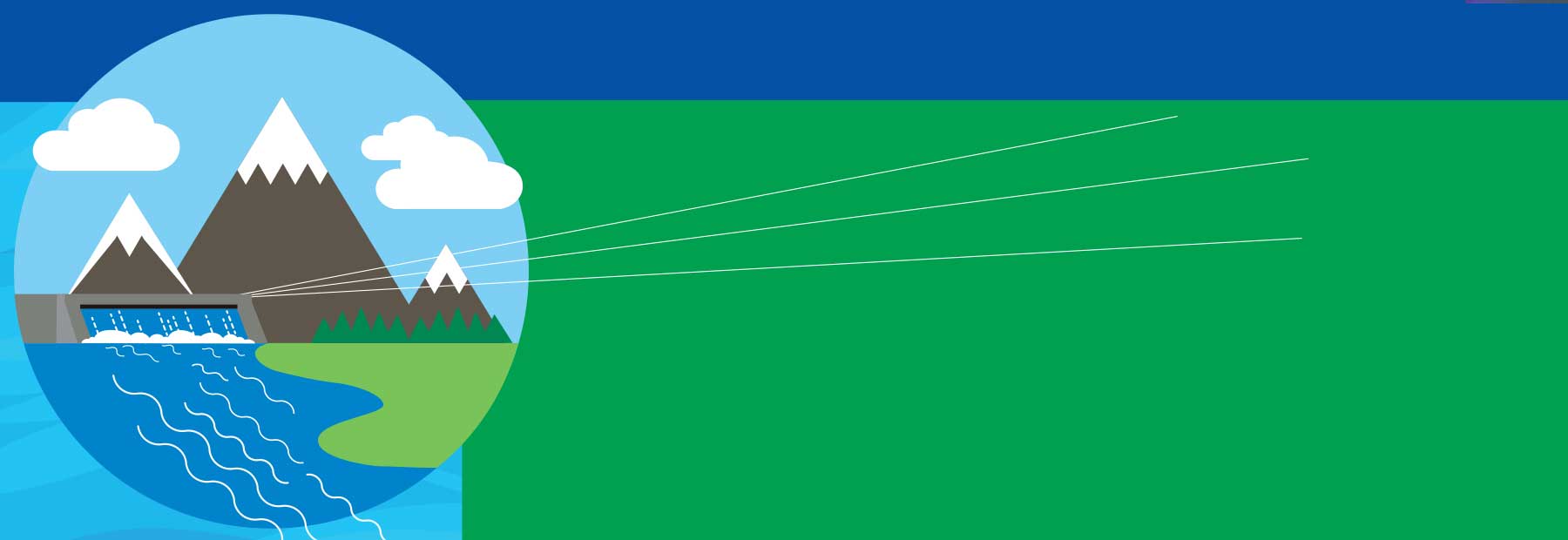
The role of hydropower in meeting the Northwest’s environmental and social equity goals is more important than ever. The societal benefits of hydropower as a low-cost, affordable source of electricity continue. Residents of the Northwest also take great pride that hydropower is a renewable and clean energy source replenished naturally by the water cycle that does not contribute to air pollution.
Today’s generation must address the challenge of climate change and reducing carbon emissions. For this reason, states and utilities across the Northwest are committing to carbon-free electricity. The foundation for accomplishing this goal rests on hydropower. Already, this carbon-free source of power provides over half the Northwest’s capacity to generate electricity.
As wind, solar and other carbon-free resources are added to the power grid, hydropower plays another critical role. Because the wind doesn’t always blow and the sun doesn’t always shine, the ability of many hydropower projects to store and release water when it’s most needed makes the supply of electricity across the region far more reliable.
This publication explores the role of hydropower in our quickly evolving power generation future. Part of this exploration includes highlighting and embracing new innovations, technologies, and energy resources. It’s an exciting time, rich with possibility and collaboration.
Thank you for being a partner in our clean energy future.
Browse Publication Chapters
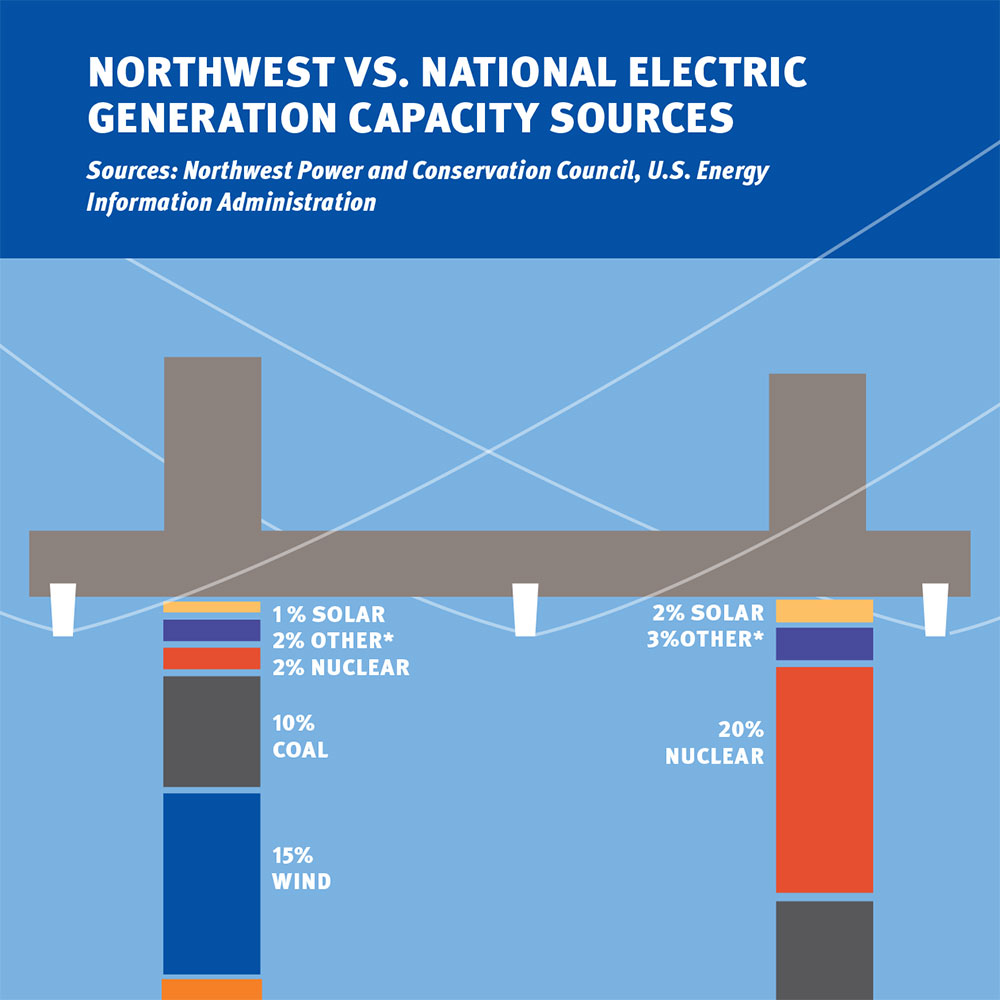
Climate Change & the Northwest’s Path to Renewable, Carbon-Free Electricity Generation
Nationally and regionally people are witnessing increases in the intensity and frequency of weather events like wildfires and droughts; changing weather patterns like the amount and seasonal timing of snowfall and rain; and changing landscapes such as stream flows and receding glaciers.

Hydropower: The Foundation Supporting a Renewable, Carbon-Free Northwest Electricity Future
Hydropower is the backbone of the Northwest’s clean energy system, supplying over half of the Northwest’s capacity to generate electricity. This foundation, also called baseload, is the key to the Northwest being America’s leading producer of renewable, low cost, carbon-free electricity. Indeed, about 40 percent of the nation’s hydropower is in the Northwest.
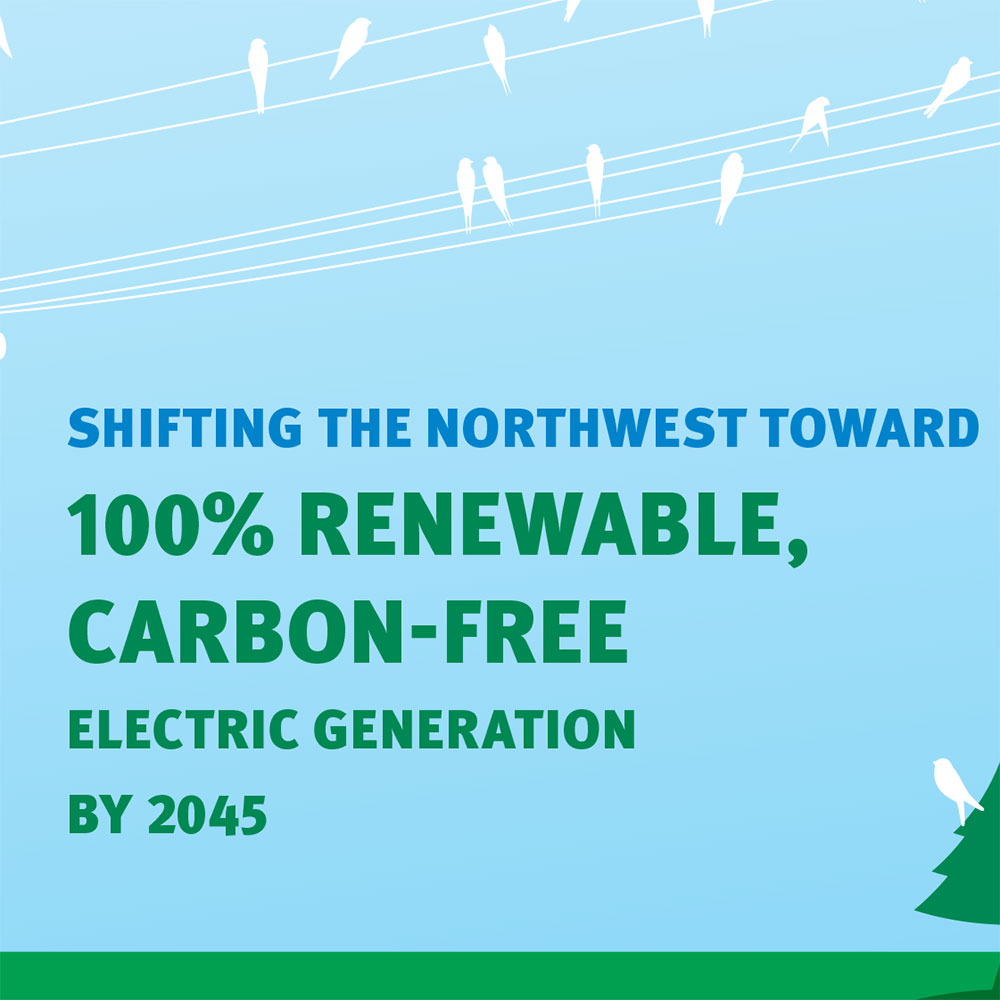
Challenges to Powering a Renewable, Carbon-Free Future
In 2019, 25 percent of the Northwest’s capacity to generate electricity came from power plants burning coal and natural gas. Replacing these plants with new carbon-free energy resources is the challenge.
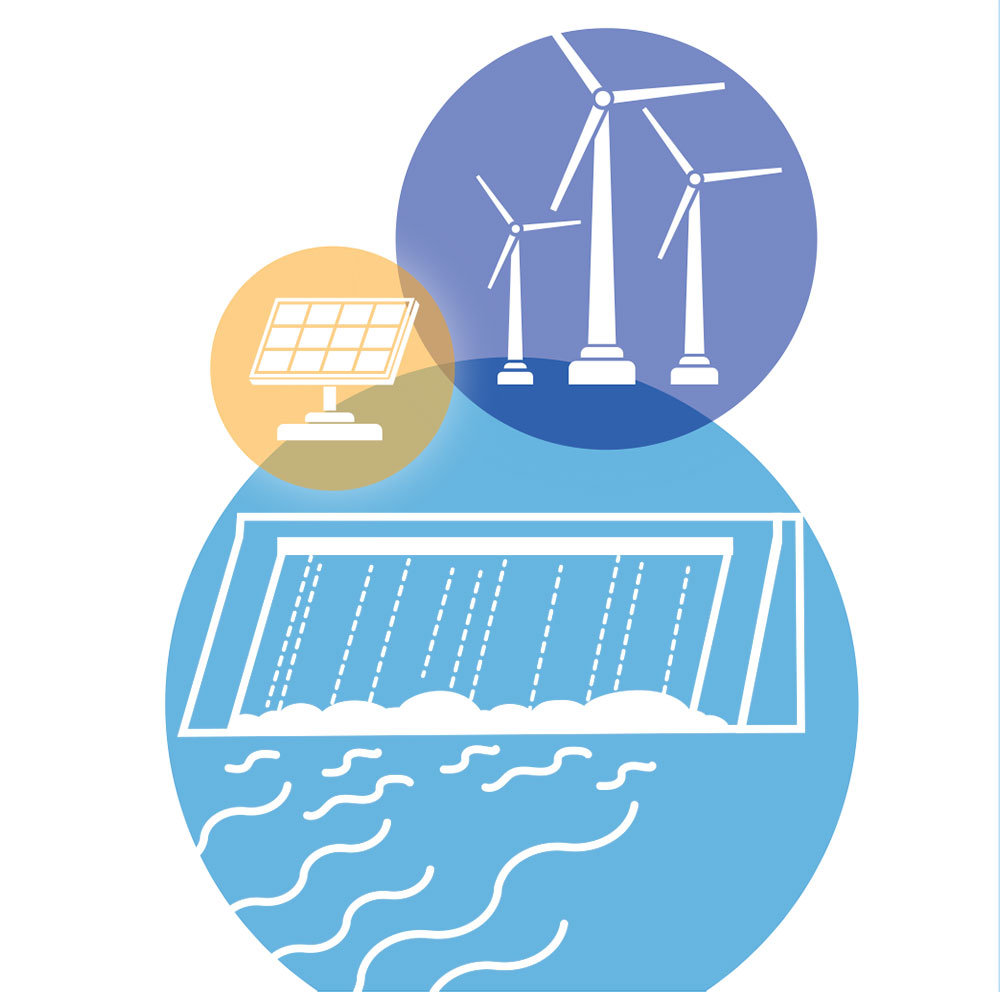
Building Blocks For a 21st Century Energy Resource Stack
With more than 34,000 megawatts of electricity available, hydropower will continue to provide over half the power needed for a carbon-free, renewable energy future in the Pacific Northwest.
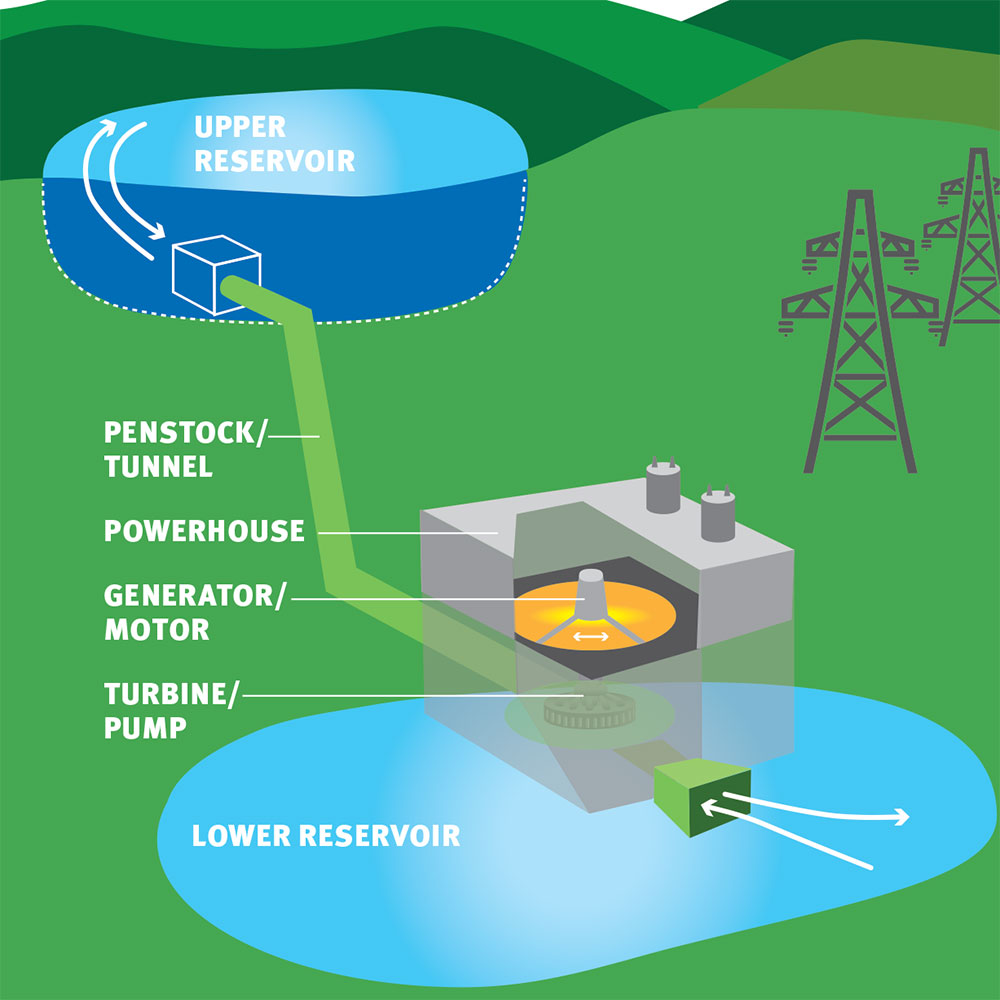
New and Emerging Hydropower and Battery Technologies
Engineers across the country are not just relying on current technologies and tools to meet power generation needs. Their problem solving is introducing new innovations and developing new technologies that create bridges to a carbon-free power generation future.
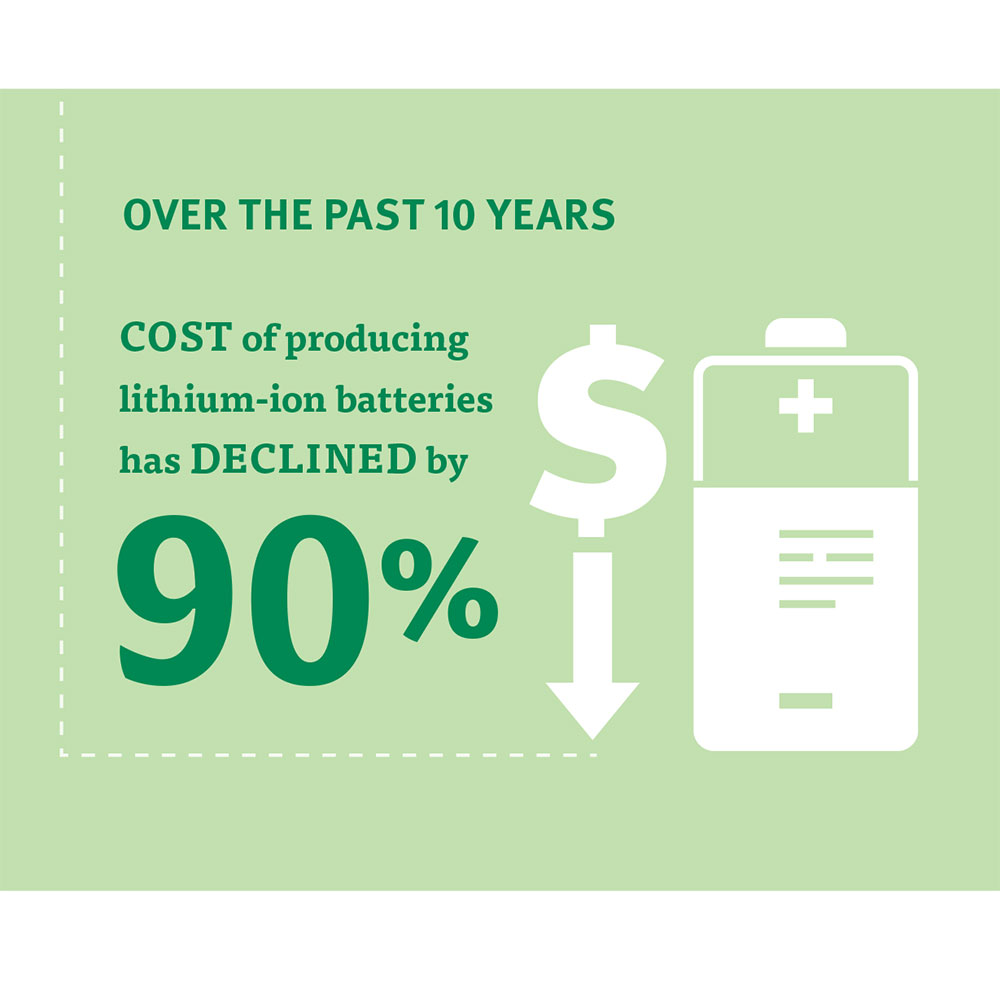
Putting Excess Water Supply To Good Use
Renewable, weather-dependent power generation can also sit idle when there is plenty of supply but not enough electricity demand. When hydropower projects are idle, water goes downstream without the opportunity to generate power.
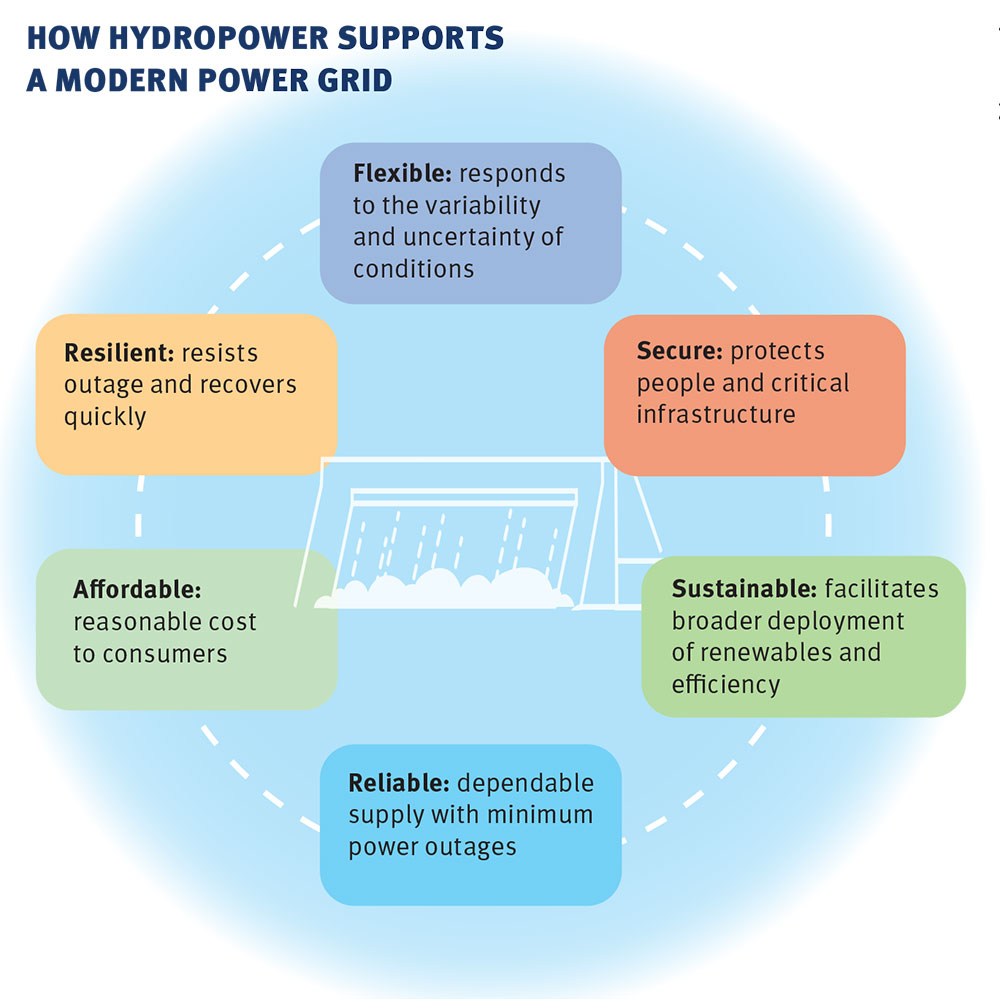
Hydropower Services a Modern Power Grid
When we turn on a light switch or plug in a computer or other device demanding electricity, we’re using the power grid.

Trading Power Across the West
The supply of electricity must always match demand because electricity cannot be stored on the power grid. Across the West, power is imported and exported to meet power demand needs. Hydropower’s flexibility helps balance the weather dependent availability and reliability of wind and solar power.

Hydropower in the Northwest
Hydropower is the key to the Northwest attaining a carbon-free generation future. Hydropower projects provide the baseload of clean, renewable, low cost electricity that other renewable generation resources build from. More than 370 projects provide over 55 percent of the Northwest’s electric generation capacity in a normal precipitation year.
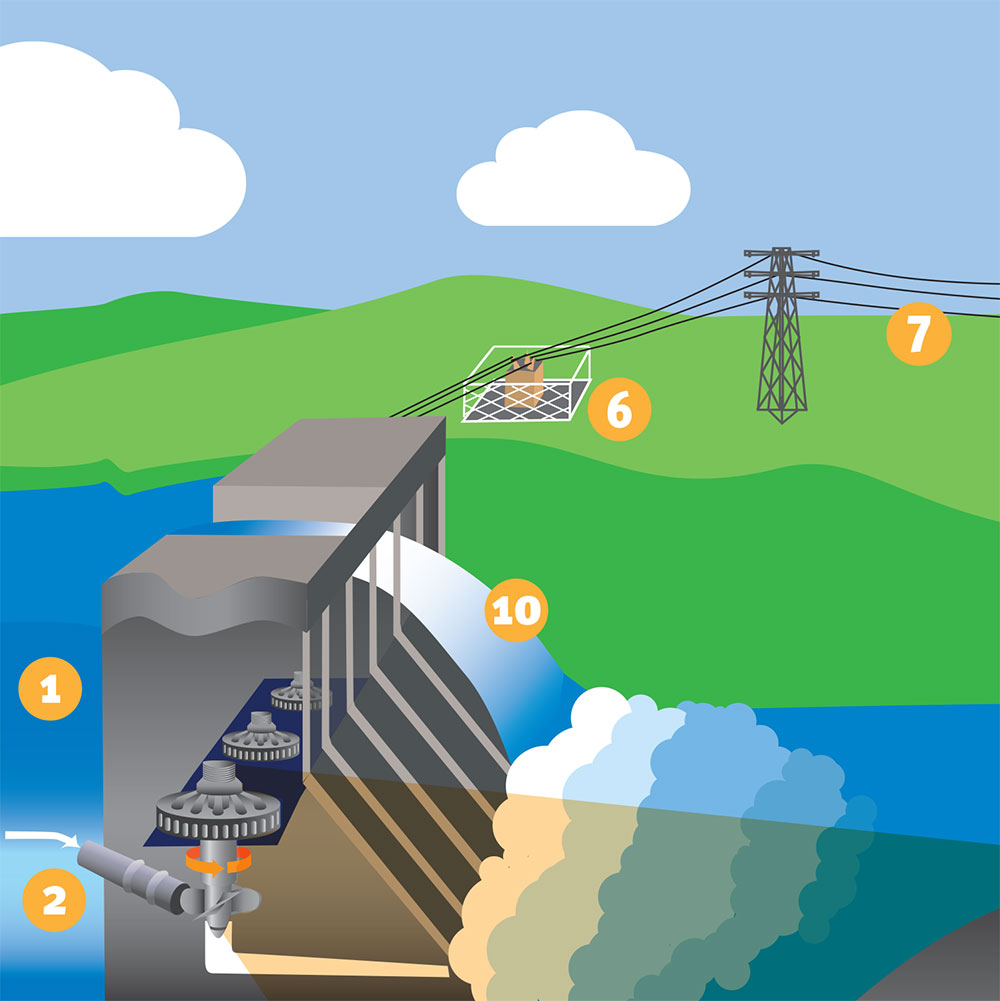
How Hydropower Works
Each hydropower project is unique. The equipment and design reflect when it was built, the landscape and the geologic character of the location.
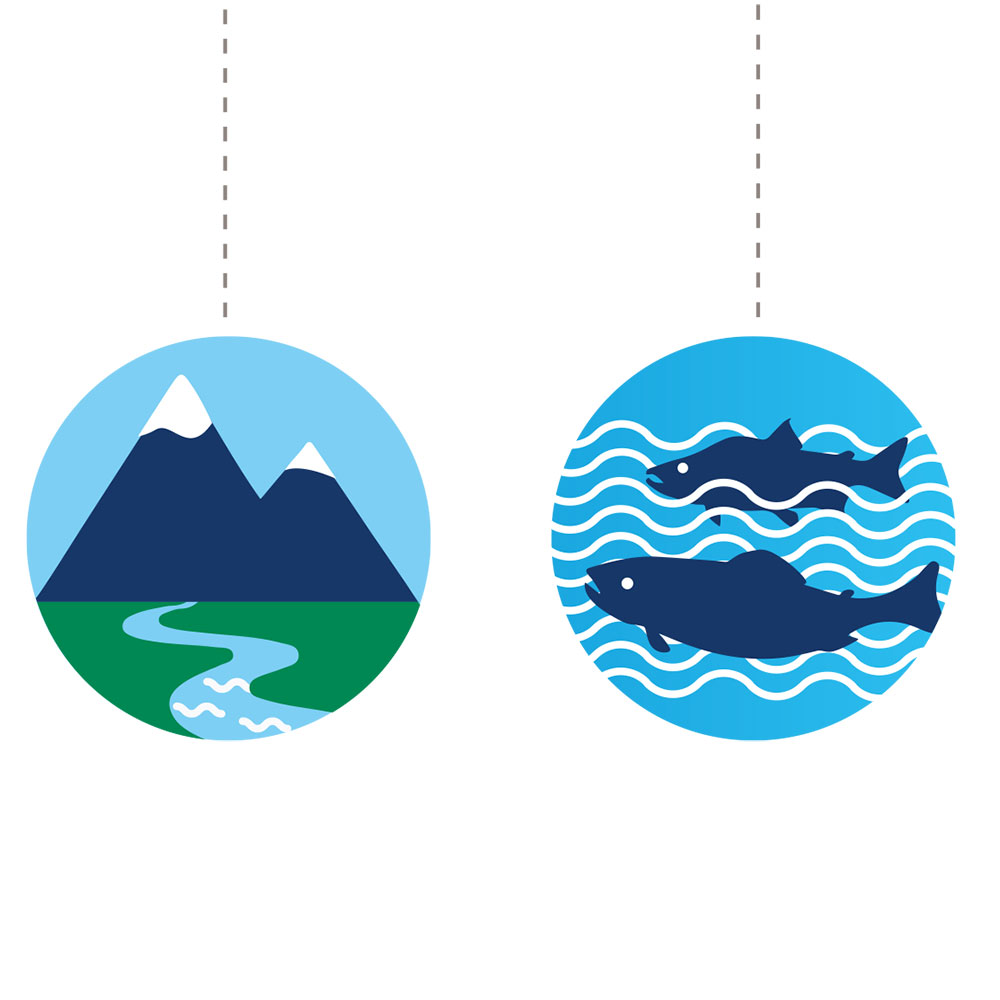
Hydropower and the Environment
There is an environmental impact whenever electricity is generated. The hydropower industry continues to innovate and collaborate to deploy environment-friendly technologies and strategies to address impacts. Since 1978, federal investments to support fish and wildlife needs are more than $7.5 billion. In addition, billions of dollars are being invested by public utilities and private operators.
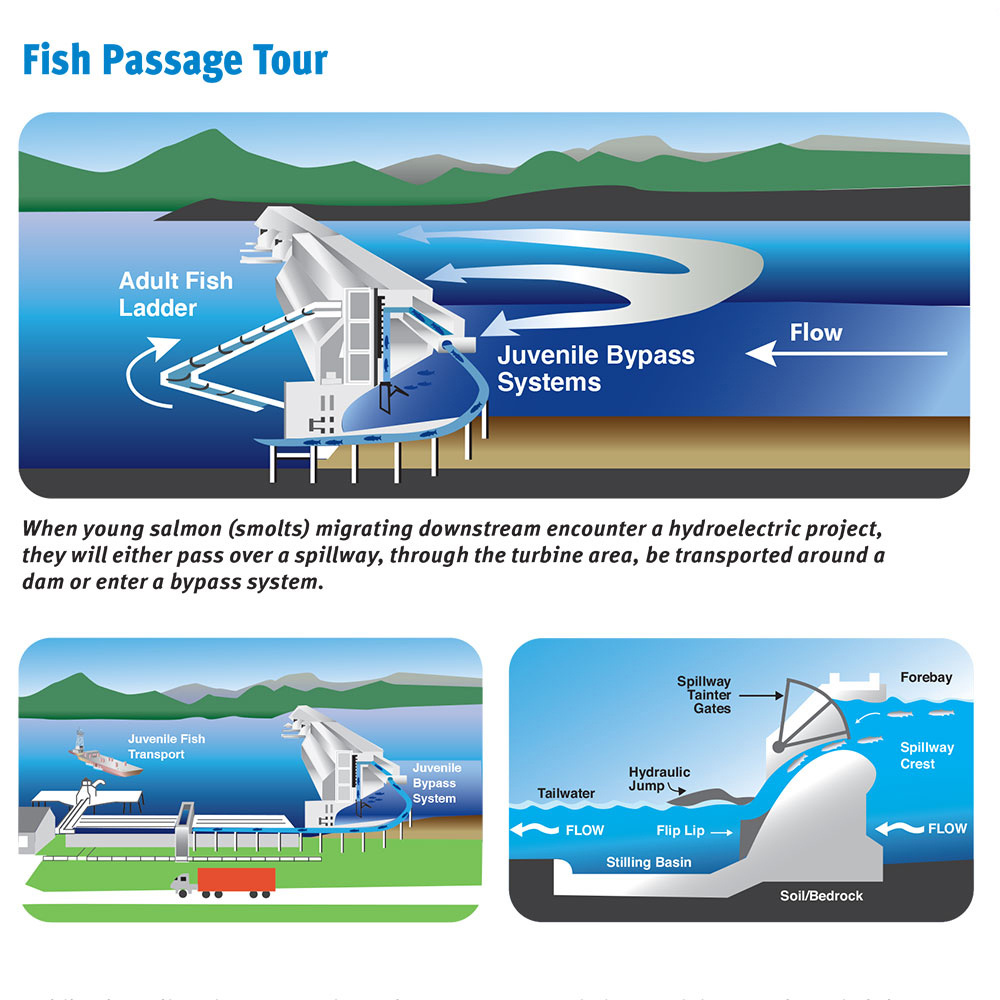
Hydropower and Fish Protection
Fish, particularly salmon and steelhead that travel long distances between fresh and ocean waters, pass through multiple environments during their life cycle.
